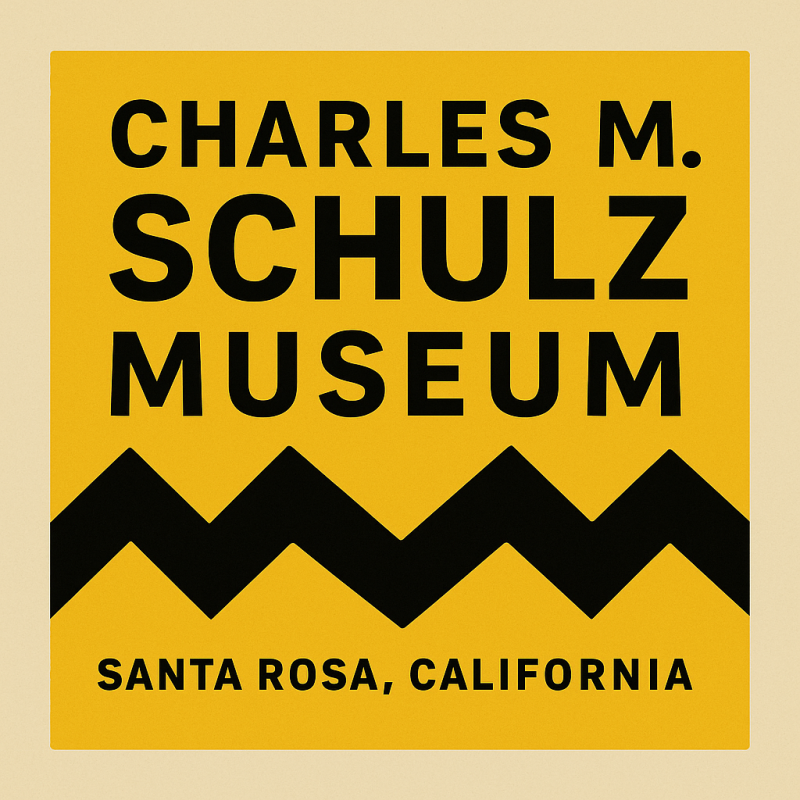Written By Mauricio Segura // Photo: Golden Bay Times Graphics Dept.

If you have ever strolled through Liberty Station and done a double take at the gray hull parked on a bed of sand, you have met the U.S. Navy’s greatest practical joke on geography: USS Recruit, the only commissioned U.S. warship that never touched the water. Commissioned on July 27, 1949, the Recruit is a two-thirds scale destroyer escort built squarely on concrete at the old Naval Training Center San Diego. It was an on-base classroom disguised as a warship, engineered to teach fresh sailors how to live and work aboard a ship before they ever sniffed salt spray.
From day one the Navy treated Recruit as a real ship with a real mission. Her purpose was to prepare tens of thousands of young sailors each year for the unforgiving rituals of shipboard life, including line handling, watchstanding, compartment checks, communications, and taking orders fast. She looked the part too, with standard rigging and even a 3-inch gun mount, but there were no engines, no propellers, and her draft was exactly zero feet. At her peak, more than 50,000 recruits a year cycled through her decks, emerging a little saltier and a lot more squared away. If that sounds like a paradox, it was part of the design. The Navy built muscle memory long before recruits ever boarded a real hull at sea.
Here is one of the great twists in her story. In 1967 the Navy decommissioned the Recruit, not because she was useless, but because early computer systems could not easily classify a ship with no screws, no shaft, and no harbor. Paperwork sank her. Yet her value never faded. In 1982 the Navy reconditioned and recommissioned the ship, stretching and refitting her silhouette to resemble a then modern guided-missile frigate, about 233 feet long. She returned to duty as a hands-on trainer and kept doing what she did best, turning civilians into sailors who knew what to expect the moment they stepped onto a real deck.
Even after the base closed in 1997 and the area became today’s Liberty Station, the ship endured. She is a stubborn gray time capsule between hotels and cafes, part landmark and part memory for anyone who marched past those rails in boots that were still breaking in. Officially she is Building 430, but sailors knew her as Neversail. She is California Historical Landmark No. 1042 and part of the Naval Training Center site on the National Register of Historic Places. She is also the lone survivor of several postwar landships built for recruit training, an improbable class whose other members vanished as training methods evolved.
The fun facts pile up like coils of line on her fantail. Recruits learned to salute the ensign, master shipboard terminology, and practice emergency drills without the distractions of waves, wind, or motion sickness. Instructors could halt an evolution, rewind it, and run it again until each team moved in sync. If you grew up on vintage TV you may have seen her already, since the Recruit makes a cameo in the opening credits of the 1970s sitcom CPO Sharkey. Even a stationary ship can steal a scene.
In recent years the public finally got a closer look. During Liberty Station’s centennial in 2023, the city opened the ship for free tours on select days, inviting visitors to step aboard and walk the same steel-look decks that once rattled under thousands of boots. Inside you will find photos, artifacts, and stories from generations who drilled here, the ones who learned to hit the deck and square away beneath a Point Loma sky instead of Pacific swells. A mayoral proclamation marked the moment, tipping the cap to a ship that trained sailors for decades without moving an inch.
Of course, the Recruit was not the Navy’s first experiment with a ship that does not sail. During World War I the service parked a full-sized wooden battleship mockup, also called USS Recruit, in Manhattan’s Union Square as a recruiting station. That earlier street dreadnought helped enlist a wave of future sailors before it was dismantled in 1920. The San Diego Recruit inherited the name and the spirit, but not the zip code. Different coasts, same ingenuity. If people cannot get to the fleet, bring a ship to the people.
Today the Neversail stands exactly where she was built, her gray flanks framed by Liberty Station’s galleries, eateries, and families on weekend strolls. You can walk up, run a hand along the plating, and imagine the barked commands and boot-camp nerves that once filled this quiet neighborhood. For all her oddities, a commissioned warship with a sand lawn, she did what ships are meant to do. She served. She taught order in a noisy world and proved that sometimes the most seaworthy ideas do not need water at all.
For more information: USS Recruit













